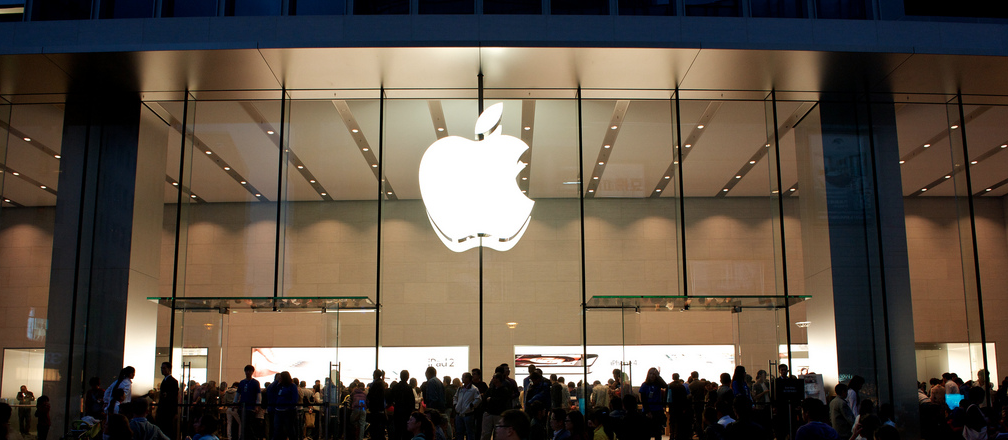Apple, Comcast Chatting About Streaming TV Service That Would Make End-Run Around Net Neutrality

(SimonA)
According to the Wall Street Journal, which cites the ever-reliable “people familiar with the matter,” Apple has proposed the notion to Comcast that thes possible streaming feeds be treated not like everyday Internet traffic, which can get congested when too many people are using it at once, but as a “managed service,” meaning it would get the same treatment as Comcast’s phone service or its on-demand channels.
Back in 2012, Comcast aggravated net neutrality proponents by announcing that users of its Xfinity app on the Xbox 360 would not have that data charged against any monthly usage cap because that stream was being treated as a managed service. In spite of a fuss put up by consumer advocates, the FCC did not stop Comcast from making this distinction.
Under the now-dead net neutrality rules, ISPs were not allowed to prioritize any one provider’s traffic over another. The Journal’s sources say Apple doesn’t want high-priority from Comcast, it wants a “flow” that is separate from the rest of the Internet traffic.
This is important for two reasons — First, even though the neutrality rules were struck down by a federal court, Comcast had already agreed to abide by those guidelines until 2018 when it merged with NBC Universal a few years back. Second, it would set a precedent allowing third-party video providers to pay for access to a section of the data-to-the-home pipeline that had previously been considered off-limits.
Meanwhile, the FCC is hard at work in its not-so-secret lair, creating new net neutrality rules that would not only pass legal muster, but would — hopefully, but not definitely — take into account things like paid-peering and managed services. These are two ways in which ISPs could compel deep-pocketed content providers to ante up, leaving the end-users to pay even more and leading to a higher cost for entry into the market for smaller companies hoping to reach consumers online. Any neutrality rules that don’t consider these two issues would effectively be neutered from the start.
Want more consumer news? Visit our parent organization, Consumer Reports, for the latest on scams, recalls, and other consumer issues.

